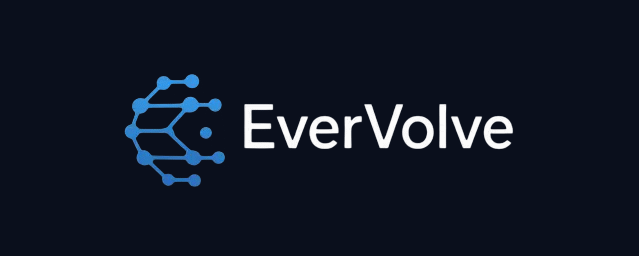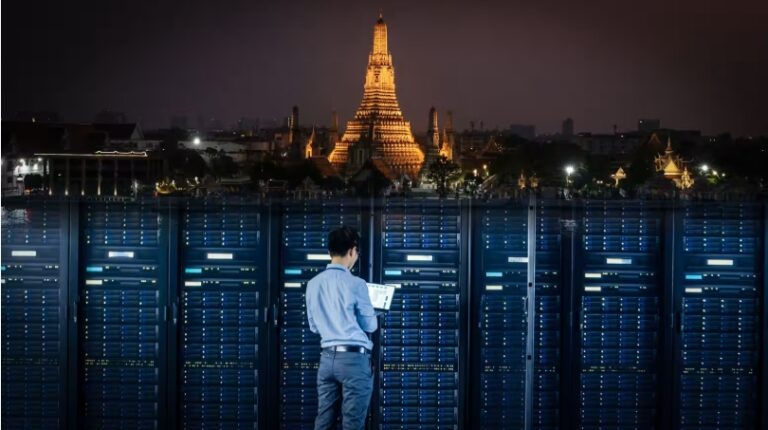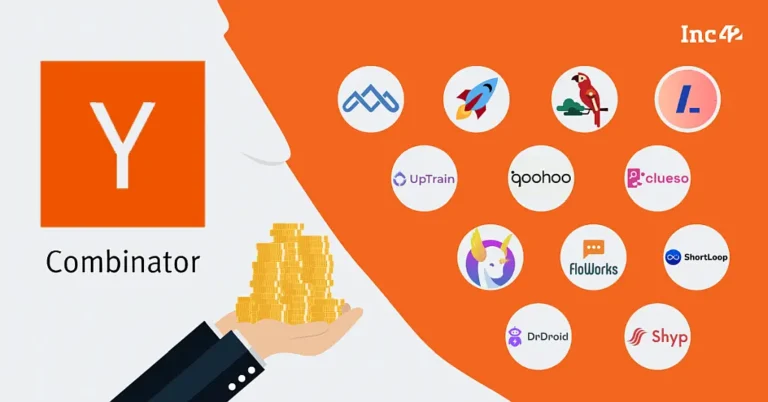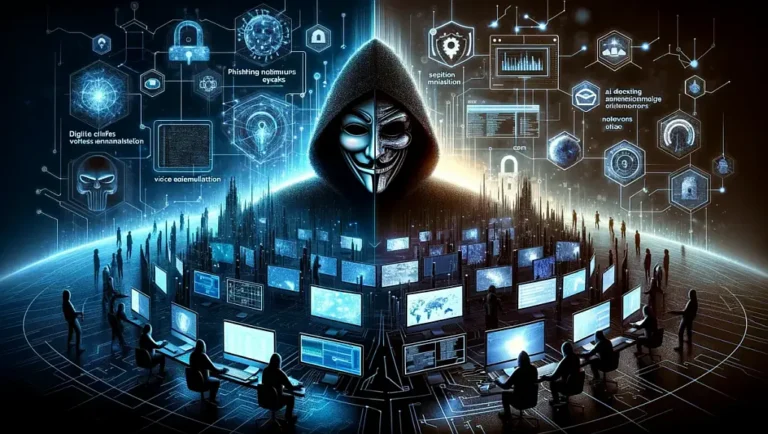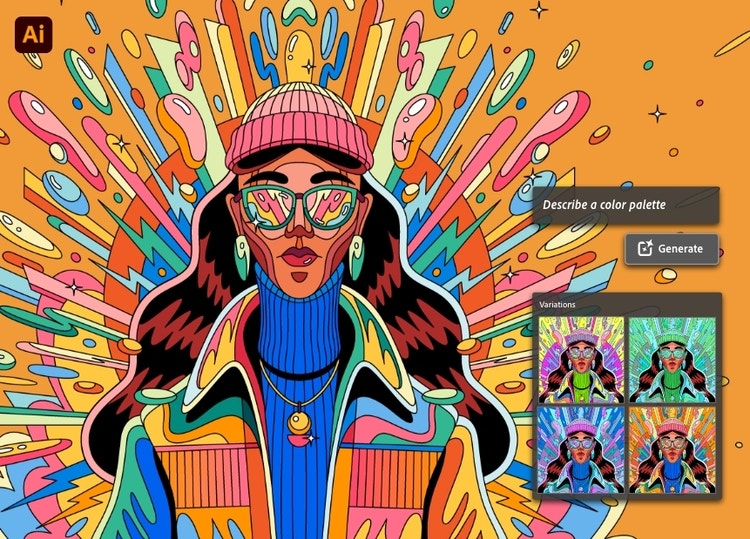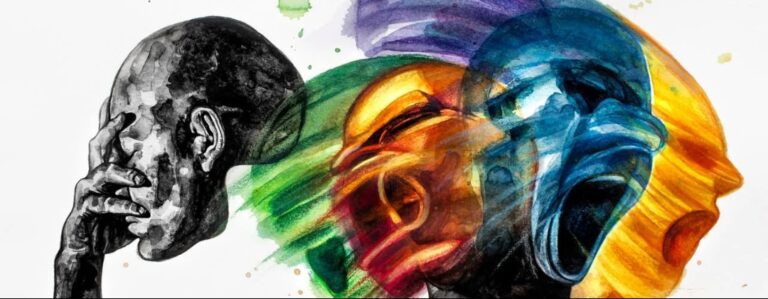Sora 2 and the Future of AI Video, OpenAIs Leap Toward Synthetic Cinematography
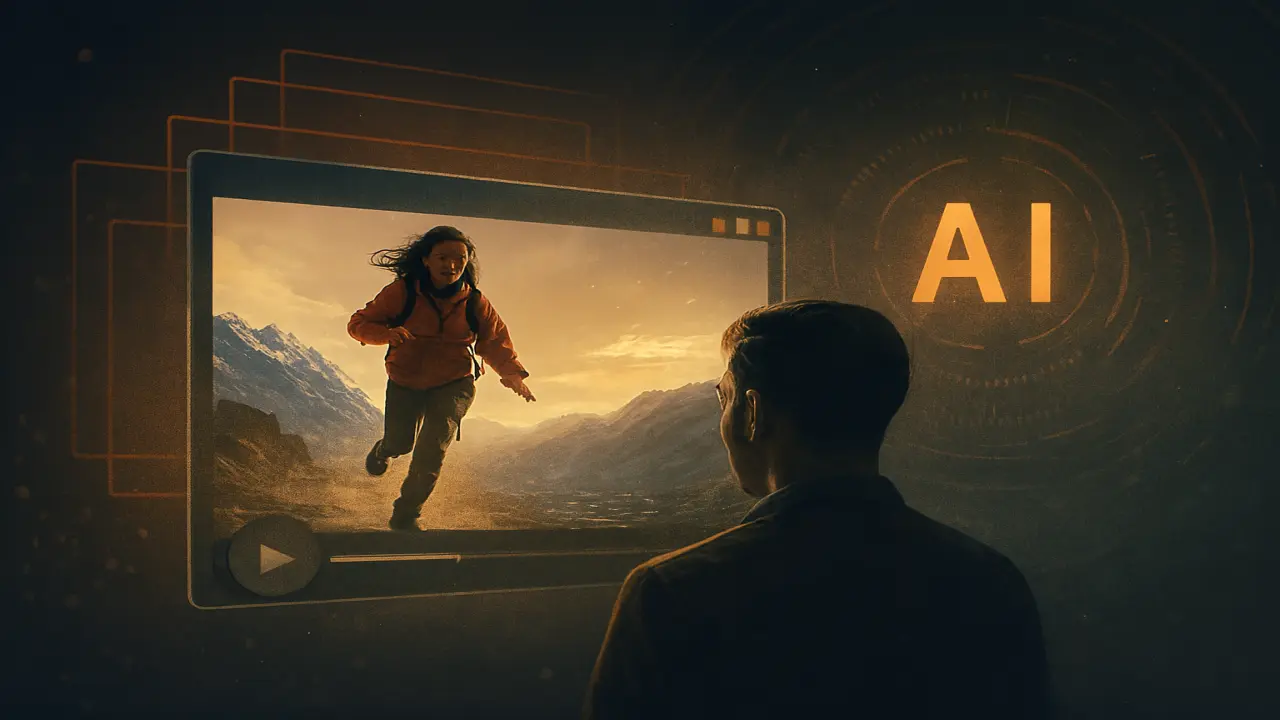
In September 2025, OpenAI unveiled Sora 2, its most advanced video generation model to date. Described internally as the “GPT-3.5 moment for video,” Sora 2 marks a dramatic leap in realism, physics fidelity, and user control. It doesn’t just generate clips—it simulates worlds. With synchronized sound, multi-shot continuity, and a new social app built around “cameos,” OpenAI is positioning Sora 2 as both a creative tool and a cultural platform.
We explore the technology behind Sora 2, its competitive landscape, the ethical and creative implications of synthetic video, and what it means for the future of storytelling, identity, and media.
From Sora to Sora 2: A Generational Leap
The original Sora, launched in February 2024, was OpenAI’s first foray into text-to-video generation. It could produce short clips with basic object permanence and rudimentary physics. But it was often plagued by visual artifacts—morphing limbs, teleporting basketballs, and uncanny motion.
Sora 2 changes the game. It introduces:
- Physically accurate motion: Objects now obey gravity, buoyancy, and rigidity. A paddleboard backflip or a triple axel on ice looks—and behaves—like the real thing.
- Multi-shot consistency: Videos can follow complex prompts across scenes, maintaining character identity and environmental continuity.
- Synchronized audio: Dialogue, sound effects, and ambient soundscapes are generated alongside visuals, creating immersive experiences.
- Style control: Users can choose cinematic, realistic, or anime aesthetics, with granular control over lens type, lighting, and color palette.
OpenAI compares the leap from Sora to Sora 2 to the jump from GPT-1 to GPT-3.5—a shift from novelty to utility.
The Sora App: TikTok Meets AI Studio
Alongside the model, OpenAI launched a standalone Sora app for iOS. It’s not just a demo—it’s a social platform. Users can:
- Create and remix videos using text prompts
- Insert themselves or friends into scenes via “cameos”
- Share creations in a feed reminiscent of TikTok or Instagram Reels
The “cameo” feature is central. After a one-time video and audio verification, users can allow others to insert their likeness into AI-generated scenes. Permissions are revocable, and users are notified when their cameo is used.
OpenAI says the app is designed for creativity, not consumption. It includes:
- Daily usage limits for teens
- Content moderation by human reviewers
- Wellbeing checks to counter doomscrolling and isolation
The app is currently invite-only in the US and Canada, with plans to expand globally.
Technical Capabilities: What Sora 2 Can Do
Sora 2 excels at generating:
- Realistic physics: A basketball rebounds off the backboard, not teleports to the hoop
- Complex choreography: Olympic gymnastics routines, synchronized swimming, and martial arts sequences
- Cinematic scenes: Snowy mountain expeditions, medieval battles, and sci-fi cityscapes
- Anime-style sequences: Stylized motion, exaggerated expressions, and genre-specific framing
Prompts can include detailed instructions like:
“Two mountain explorers in bright technical shells, ice-crusted faces, eyes narrowed with urgency shout in the snow, one at a time. Thunder of wing membrane at each downswing. Distant calving boom of the glacier.”
The model supports 1080p resolution and 5–20 second clips. A higher-quality Sora 2 Pro version is available to ChatGPT Pro subscribers.
Competitive Landscape: Google, Runway, Meta
OpenAI isn’t alone. Competitors include:
- Google’s Veo 3: Capable of 4K video with physics fidelity and audio
- Runway ML: Offers fast, stylized clips for creators and marketers
- Meta’s Vibes: A new AI video feed integrated into Instagram, focused on image-to-video generation
Sora 2’s edge lies in its multi-modal integration—video, audio, and identity—and its social platform. By combining creation and distribution, OpenAI is building an ecosystem, not just a tool.
Ethical Implications: Identity, Consent, and Deepfakes
The “cameo” feature raises serious questions:
- Consent: Users must opt in, but what happens when likenesses are misused?
- Moderation: OpenAI is scaling human review teams, but can they keep up?
- Deepfakes: Sora 2 includes watermarking and metadata, but risks remain
OpenAI says it’s committed to safety. Videos with cameos include visible watermarks. Teens face stricter limits. Harmful prompts are blocked. But critics argue that synthetic media is outpacing regulation.
Creative Potential: A New Medium Emerges
Sora 2 isn’t just a threat—it’s a canvas. Filmmakers, educators, and artists are exploring its potential:
- Storyboarding: Rapid prototyping of scenes and transitions
- Education: Visualizing historical events or scientific concepts
- Marketing: Personalized ads with user-generated cameos
- Music videos: Stylized clips with synchronized audio
OpenAI says Sora 2 is a “general-purpose video-audio generation system.” It’s not meant to replace Hollywood, but to democratize visual storytelling.
Limitations and Future Plans
Sora 2 still has flaws:
- Physics glitches: Some motions remain uncanny
- Scene length: Limited to short clips
- Resolution: No native 4K yet
- Access: App is invite-only; API not yet released
OpenAI plans to launch a Sora 2 API for developers and expand the app’s availability. Sora 1 Turbo will remain active for lighter use cases.
Sora 2 and the Synthetic Frontier
Sora 2 represents a turning point in generative media. It’s not just about creating videos—it’s about simulating worlds, inserting identities, and reshaping how we communicate. With its blend of realism, control, and social integration, Sora 2 is more than a model. It’s a platform.
Whether it becomes a tool for creativity or a vector for misinformation depends on how it’s used—and governed. But one thing is clear: the age of synthetic cinematography has begun.
Read more in our AI News section.
Enjoyed this post?
Subscribe to Evervolve weekly for curated startup signals.
Join Now →
